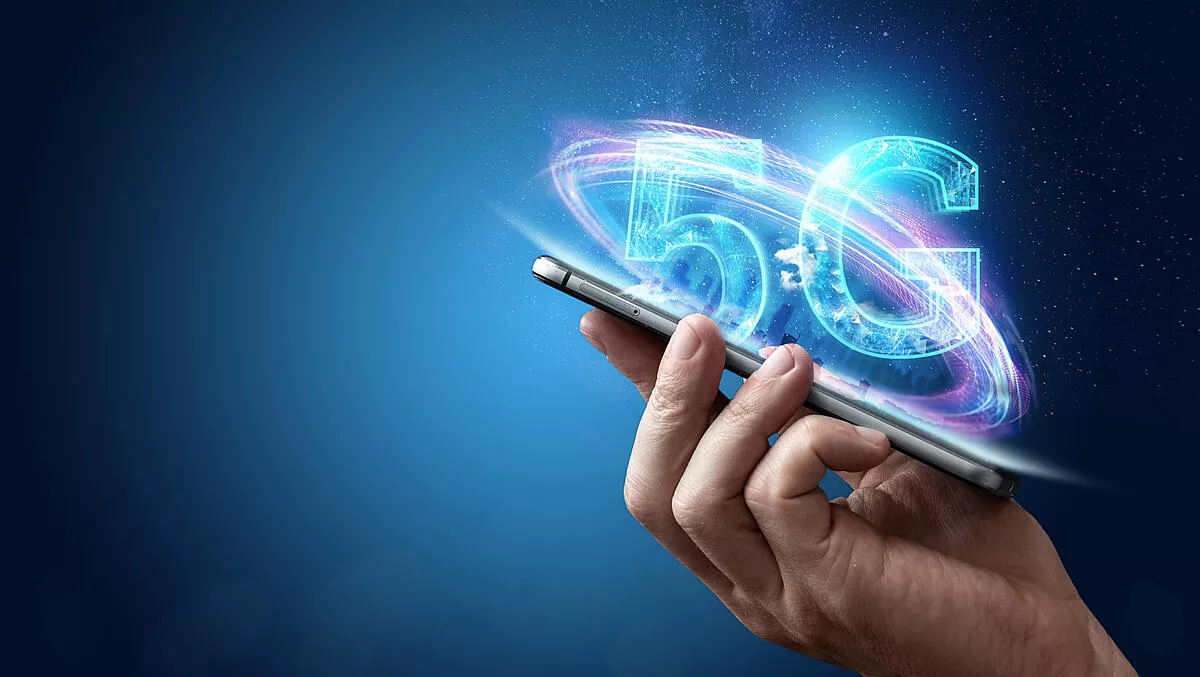
Revenue from 5G IoT connections to skyrocket 1,400% in next five years
A new study from Juniper Research revealed total operator-billed revenue from 5G IoT connections will reach $8 billion by 2024; rising from $525 million in 2020.
This represents a growth of over 1,400% over the next five years. The report identified the automotive and smart cities sectors as key growth drivers for 5G adoption over the next five years.
The new research, 5G Networks in IoT: Sector Analysis - Impact Assessment 2020-2025, anticipated that revenue from these 5G connections is a highly sought-after new revenue stream for operators.
It forecasts that 5G IoT connections must be considered as new connections that will not cannibalise existing operator connectivity revenue from current IoT technologies.
Other key markets driving the rapidly increasing adoption of 5G include mobile broadband, digital health wearables, smart homes, augmented reality and virtual reality.
The research also identifies seven countries which will be key to the general uptake of 5G capabilities in the next five years: Canada, China, Germany, Japan, South Korea, the United Kingdom and the United States.
5G Value-Added Services Key for Operators
The research urges operators to develop comprehensive value-added services to enable IoT service users to manage their 5G connections.
It forecasts that tools, such as network slicing and multi-access edge computing solutions, will be essential to attract the highest spending IoT service users to use their 5G networks.
The research also forecasts that valued-added services will become crucial in the automotive and smart cities sectors.
It also forecasts that these sectors would account for 70% of all 5G IoT connections by 2025, with higher than anticipated levels of device support for 5G radios accelerating the uptake of 5G connectivity.
Maximising the New Revenue Stream
In spite of the large forecast increase in revenue in the next five years, researchers warn that the cost of the 5G rollout may disenfranchise some users.
The research claimed that the initial high pricing of 5G connectivity in the IoT sector would dissuade all but high-value IoT users.
It urged operators to roll out holistic network management tools that complement the enhanced capabilities of 5G networks for IoT capabilities.
"Management tools for the newly-enabled services are key for users managing large scale deployments," says research author Andrew Knighton.
"We believe that only 5% of 5G connections will be attributable to the IoT, but as these are newly enabled connections, operators must view them as essential to securing a return on their 5G investment".


